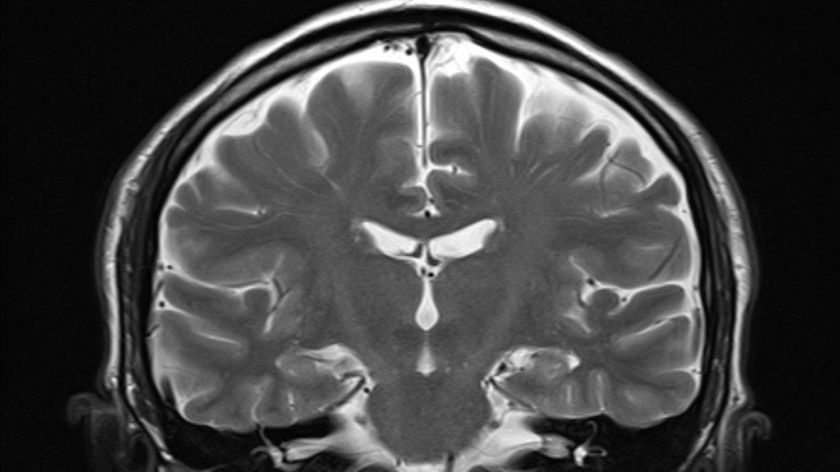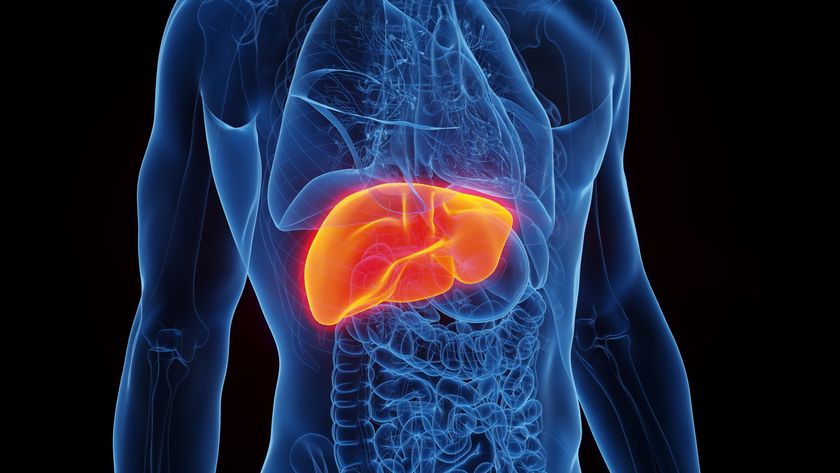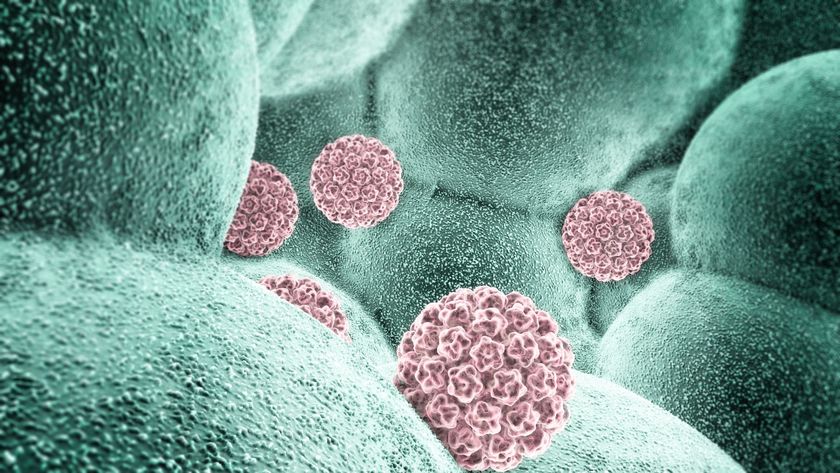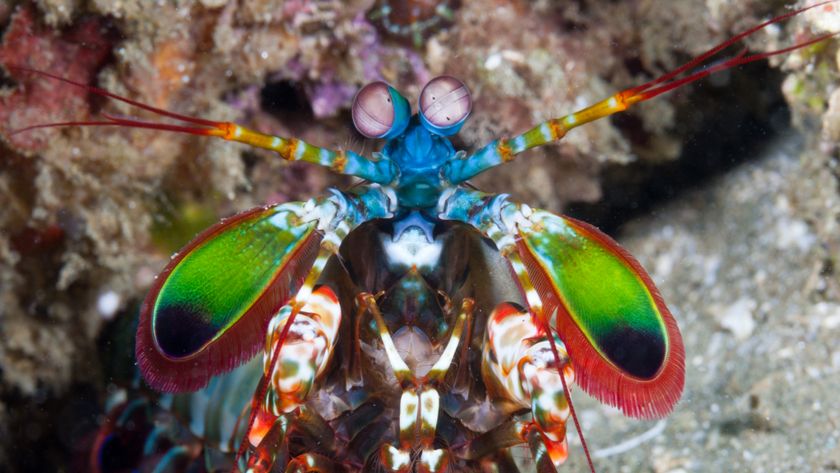
Even Mismatched, Flu Shot is Protecting You Well (Op-Ed)
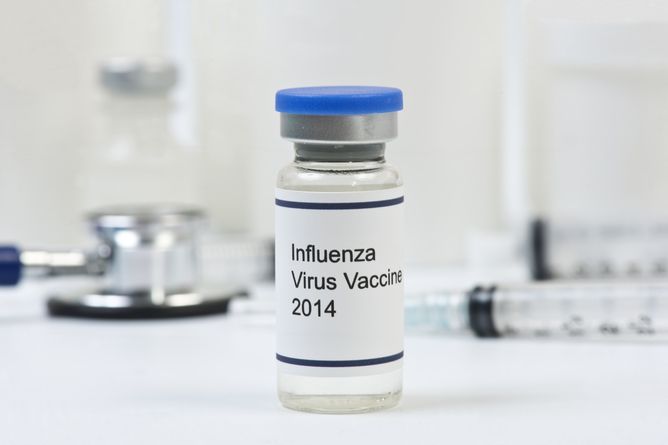
This article was originally published on The Conversation. The publication contributed this article to Live Science's Expert Voices: Op-Ed & Insights.
On December 3, the US Centers for Disease Control and Prevention (CDC) issued a Health Alert Network advisory indicating a possible strain mismatch in this year’s vaccine. After the usual brief flurry of media attention, it is worth examining what this really means for the general public and health-care providers.
First, let’s be realistic about influenza vaccines: none are perfect when it comes to protection. Some people who receive a vaccine will still get influenza. This is because protection is not just about what’s in the vaccine – it’s also heavily dependent on the individual. For instance, vaccine benefit is greatest in those with a healthy immune system.
Timing is also important. Getting the vaccine well before influenza starts circulating is crucial because it takes an individual at least a couple of weeks to develop full immunity. Having a flu shot in the morning won’t protect you from the sick person sitting beside you in the doctor’s clinic this afternoon.
There is also subtle variation in the protection afforded by the different types of vaccines: three-strain formulations vs four strains; regular vs high-dose; nasal sprays vs shots. Getting confused yet? And finally, the circulating strains of influenza should ideally match what is in the seasonal shot. But, flu strains can and do change.
Given so much vaccine complexity, and the innate ability of influenza viruses to change over time, the protection is never 100%. We typically average about 60% in a good year. Remember that doesn’t mean 40% of vaccinated people will get sick. It means 60% of those people who might have got sick without the vaccine stayed healthy. In a really busy flu season, that means a tremendous number of people benefit from the vaccine.
A ‘drifting’ and ‘shifting’ virus
Current influenza vaccines contain either three of four different strains: two Influenza A strains (H1N1 and H3N2) and one or two Influenza B strains. Typically, A-strains are not only more common, but more likely to cause severe disease. Usually two A-strains circulate together at any given time and predicting which ones will be predominant in a given season can be a difficult science.
Sign up for the Live Science daily newsletter now
Get the world’s most fascinating discoveries delivered straight to your inbox.
It would be easy if influenza didn’t naturally mutate – what was here last year will be here again. This year the H3N2 strain, which has been predominant, has mutated. Influenza is prone to both “drifting” and “shifting”. Drifting occurs most years, leading to subtle genetic changes that allow the virus to better evade our immune systems. This is a more gradual process.
Shifting, where the virus makes a sudden change, is a rare occurrence. An enormous shift can result in widespread infection, because people’s immune systems have little or no collective memory of the virus. The H1N1 strain behind the 2009 pandemic is a typical example.
Adding to the complexity is the vaccine manufacturing process, which is painfully slow. Influenza modeling teams gather in February to predict which strains will circulate the following winter, allowing enough time to put vaccines into production in sufficient number. That leaves more than six months for strains to significantly drift, as occurred this year.
A mismatch isn’t all bad news
Many people vaccinated with a mismatched flu shot will still mount a perfectly appropriate response and clear an infection, thanks to cross-reactivity between strains. Basically, what this means is that the mismatched flu vaccine can still be effective because those strains that have changed are still related to the ones the vaccine protects against.
Despite all the complexity, there is little statistical evidence that a mismatch with one strain is all that bad. We can still expect to be well protected against the other Influenza A strain (H1N1) as well as the Influenza B strains. Furthermore, even if a drift in the Influenza A H3N2 strain leaves more people prone to infection, vaccination efficacy in badly matched years still approaches 50%. Put another way, because of the vaccine almost half of the potentially infected individuals will not contract the flu. And we typically expect an infected patient with influenza to spread the virus to up to three additional people, so even a mismatched vaccine shields people from flu and can have meaningful impact on community health.
We know there isn’t a perfect flu vaccine available, so we still need to be cautious about personal hygiene and aggressively treat flu when it occurs. We also have outstanding evidence of vaccine safety when it comes to modern influenza vaccines. That data, combined with the knowledge that even a mismatched vaccine still affords great community benefit, should mean that the ultimate message we get from the CDC Health Alert is to continue vaccinating.
This article was originally published on The Conversation. Read the original article. Follow all of the Expert Voices issues and debates — and become part of the discussion — on Facebook, Twitter and Google +. The views expressed are those of the author and do not necessarily reflect the views of the publisher. This version of the article was originally published on Live Science.
